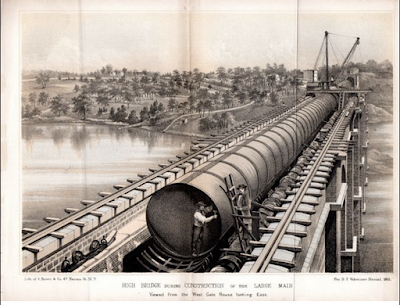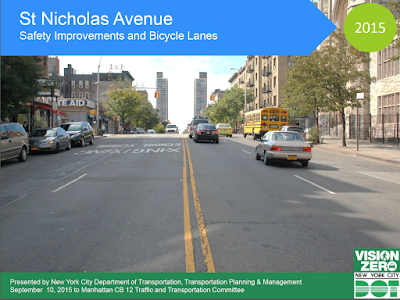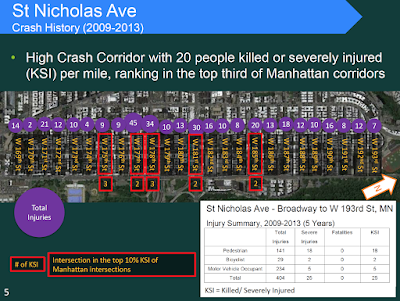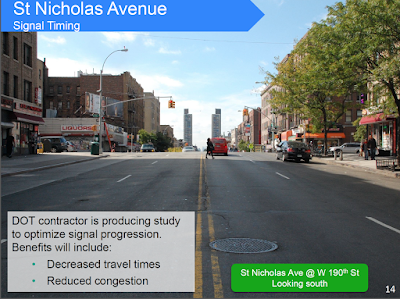Friends of the Old Croton Aqueduct have posted yet a second Walking Tour to the High Bridge today. This one, however, will take place on Tuesday, Oct. 13, 2015 starting at the Dobbs Ferry Metro North train station in Westchester:
Let's just hope the tourists keep coming and encourage them to bring their own lunches and plenty to drink as there are really no food services anywhere near the High Bridge or Highbridge Park yet, except for Company Catered Events at the corner of 159th Street and Edgecombe Ave. where they can get a cup of coffee, a soft drink, and a pastry or something like that.
FOCA says:
"Washington Heights sites near the High Bridge deserve more attention, especially now that the gleaming bridge beckons day trippers once more. Let’s take a long walk that will cross the Harlem River via the High Bridge, hear the tale of the Old Croton Aqueduct, then wind back to the gorgeous Jumel Terrace Historic District and to hidden Audubon Terrace. Along the way, we will pay homage to Paul Robeson, jazz greats like Duke Ellington and Lena Horne, the indomitable Eliza Jumel and to NY baseball.
The guide can accompany walkers from Westchester on the Metro North on Tuesday at 9:04am on Octover 13, to the subway transfer to the #1 train at Marble Hill. Be prepared for many, many stairs and 2-3 hours of hilly walking (2+ miles), plus elevated subway-train transfers. Westchester walkers can return the same way they came.
Group size is limited and attendance is on a reservation-only basis. Please notify your guide of cancellations! Contact: Lesley Walters, 914-671-7112."
Let's offer them the best of luck on their day trip.

































